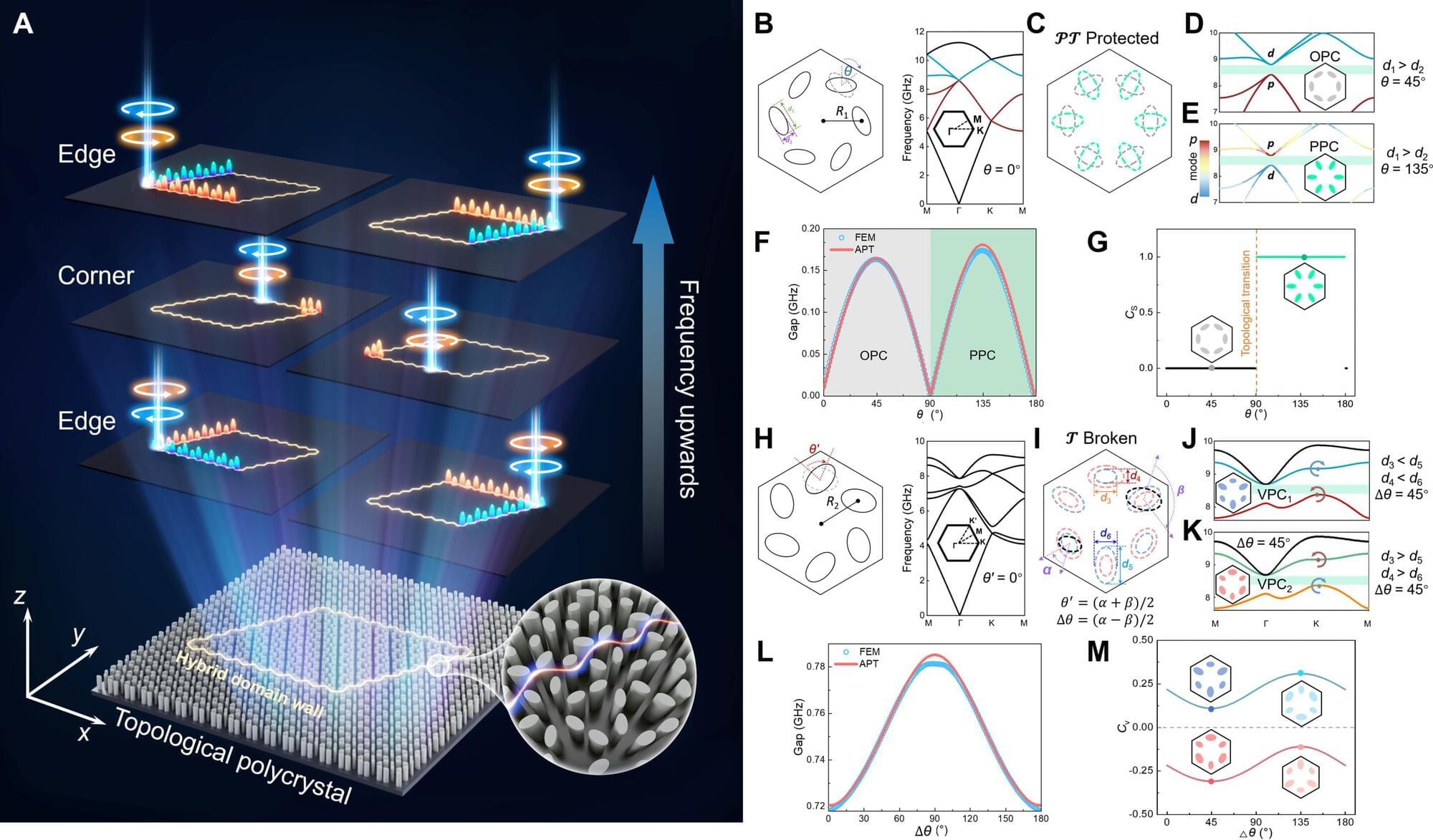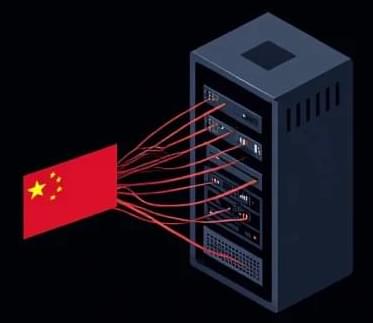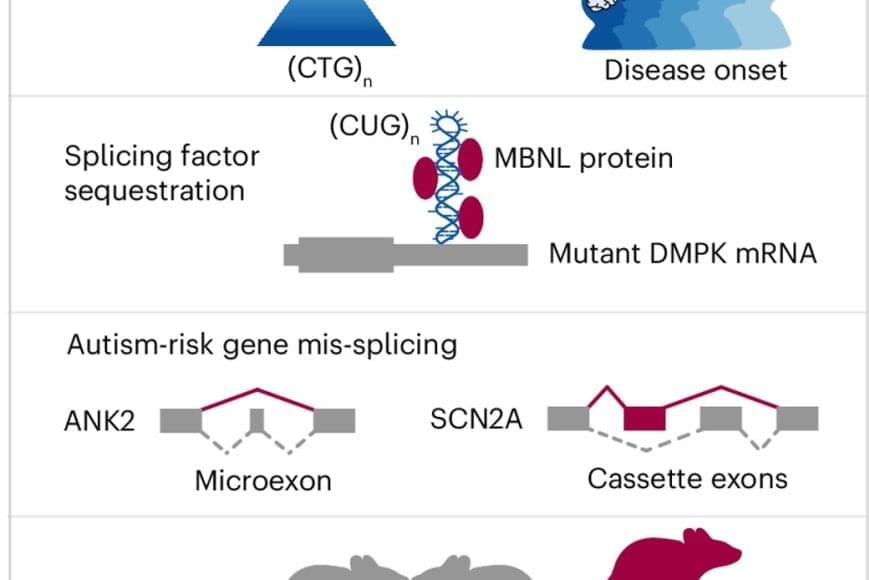Molding the flow of light—whether confined to localized regions or propagating in free space—remains crucial for modern integrated photonics. The advancement of the multi-channel, programmable optical waveguide and coupler arrays has enabled us to develop photonic integrated circuits (PICs) as a viable alternative to electronic ones, overcoming limitations in processing speed, bandwidth, and efficiency across the optical-to-microwave spectrum.
However, as on-chip complexity grows, we face significant challenges regarding long-term stability and fabrication-induced defects, making operational reliability critical for practical applications.
The increasing demand for high-capacity information processing drives our need for more complex PICs with additional channels. In this context, topological photonics offers promising solutions due to its inherent robustness against defects.









